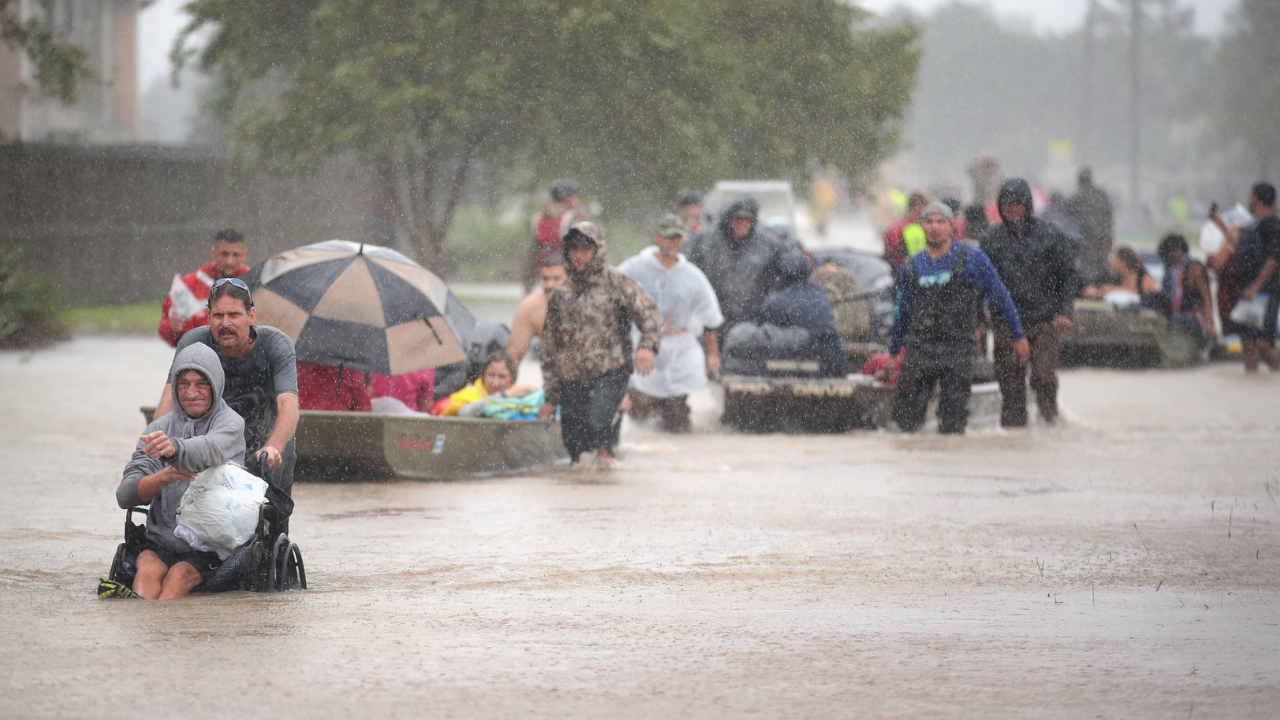
A fierce nor’easter is tearing up the U.S. East Coast, upending daily life for more than 21 million people from North Carolina to New York. The storm, which meteorologists classify as a “bomb cyclone” after its rapid intensification, is hammering coastal towns with torrential rain, hurricane-force gusts, and floods that have swallowed entire neighborhoods.
States of emergency are now in effect across multiple states as first responders wade through knee-deep water, rescuing stranded drivers and bracing for another night of chaos. “This storm developed faster than anyone expected,” said a National Weather Service forecaster, “and it’s still strengthening.”
States on High Alert

New York, New Jersey, and North Carolina have each declared states of emergency, mobilizing National Guard units and emergency crews before conditions deteriorate further. Acting New Jersey Governor Tahesha Way said she made the declaration “out of an abundance of caution,” giving officials the power to activate resources immediately.
From coastal evacuation routes to inland flood zones, state agencies are racing to stay ahead of a storm that refuses to slow down.
Millions Under Flood Watches as Rivers Swell
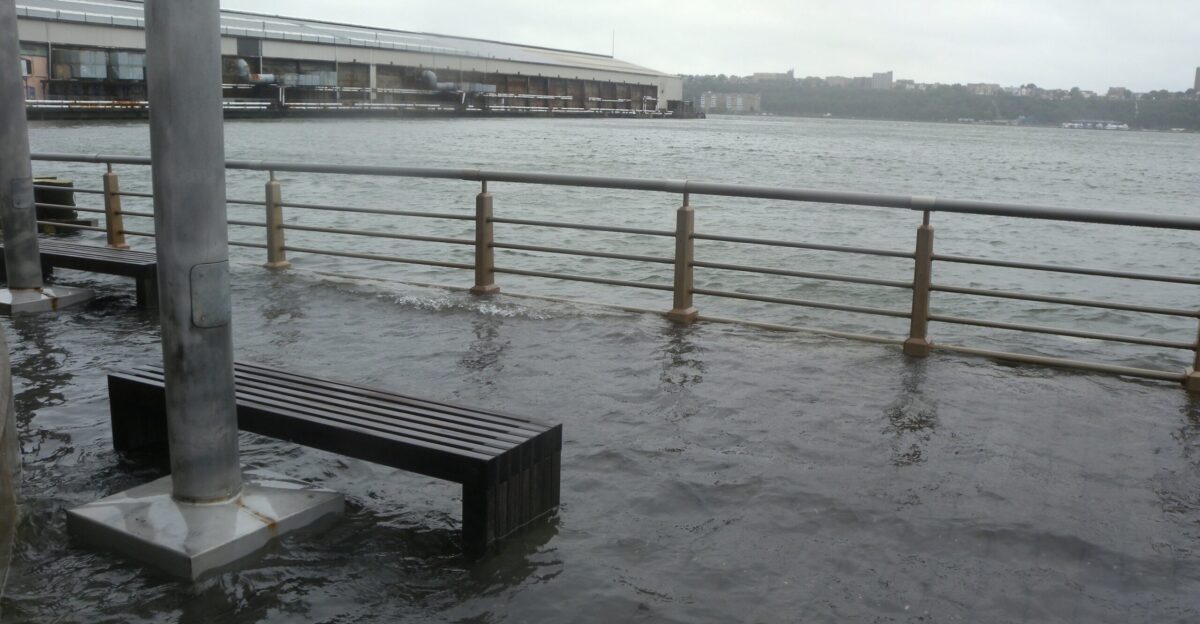
The National Weather Service has placed more than 21 million residents under flash flood watches, warning of “life-threatening” conditions as rivers rise and drainage systems overflow. Every hour, communities along the Delaware and Hudson Rivers experience fresh anxiety as water creeps closer to homes.
Meteorologists say the combination of strong onshore winds, high tides, and record rainfall could make this one of the most destructive October storms in recent memory.
Torrential Rain and Late-Night Rescues

In Georgetown, South Carolina, more than nine inches of rain fell in just one day—turning roads into rivers and forcing late-night rescues. Emergency responders pulled drivers from half-submerged vehicles as rising water closed major routes.
Though no serious injuries have been reported, local officials warn the worst could still be ahead, especially in low-lying areas that remain cut off by floodwater.
Winds Howl, Power Fails
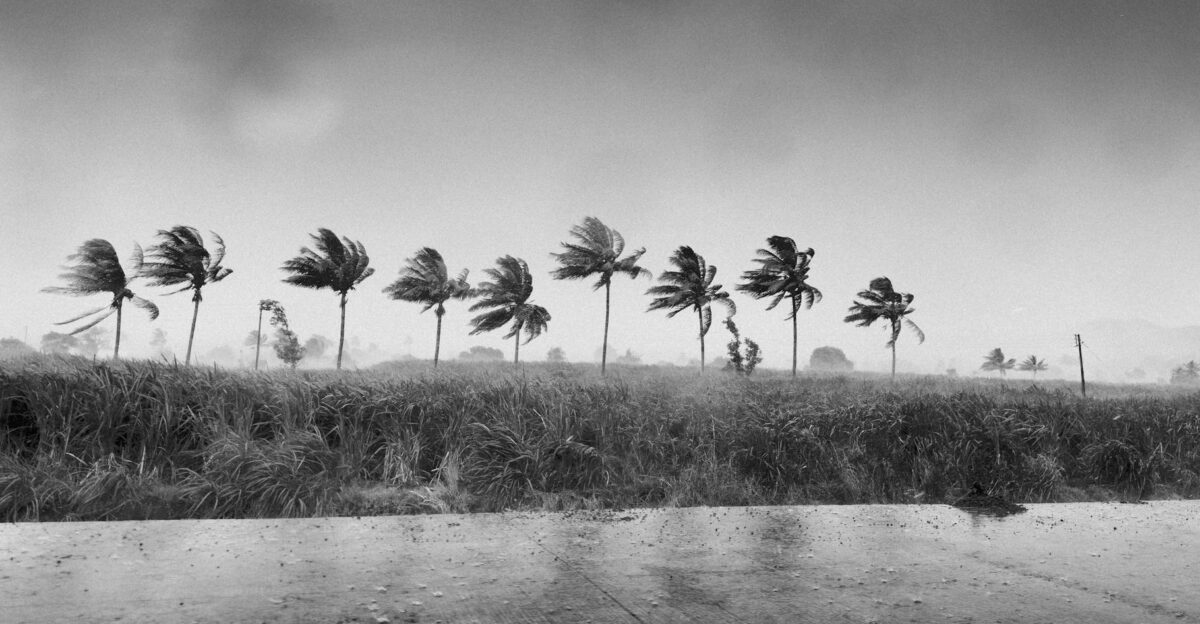
As the storm churns north, winds topping 60 miles per hour are ripping through coastal communities, snapping power lines and uprooting trees. Tens of thousands have lost electricity, leaving darkened neighborhoods illuminated only by flashes of lightning.
Utility companies say repairs are underway, but warn that flooded roads and ongoing wind gusts are slowing progress.
Coastal Flooding Reaches Near-Historic Levels
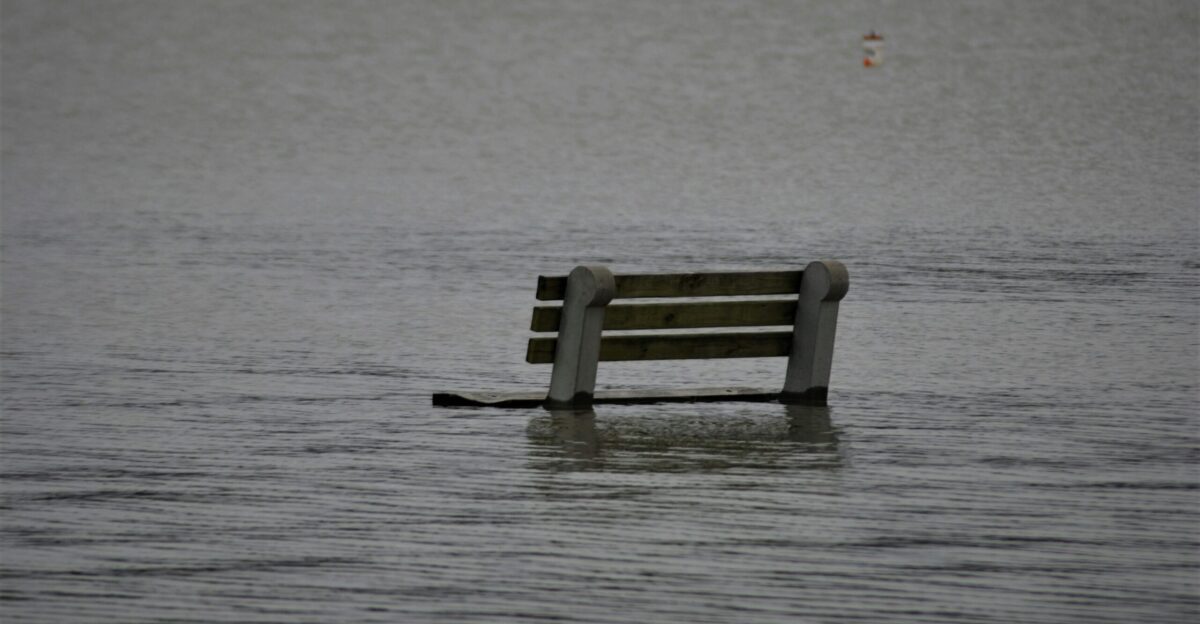
Along the Jersey Shore and Virginia’s coast, water levels are rising to heights not seen since Hurricane Sandy in 2012. In Atlantic City, seawater has poured over bulkheads and into streets, cutting off access to entire blocks. “
We’re watching the tide gauges climb,” said one emergency official, “and they’re still going up.” Homes along barrier islands are taking on water, and local authorities are urging residents who stayed behind to move to higher ground if they can.
Cities Go Dark as Outages Spread

From Philadelphia to New York City, entire districts are without power. Crews are working around the clock, but in some areas, roads are impassable.
A Con Edison spokesperson said workers are “doing everything possible” to restore electricity while contending with fallen trees and live wires. For many, the sound of the wind has replaced the hum of city life.
Travel Comes to a Standstill

The nor’easter has upended travel across the region. Hundreds of flights have been canceled or delayed at major airports, and rail service has slowed amid reports of downed branches and flooded tracks.
Interstate highways from New Jersey to the Carolinas have been temporarily closed. Transportation officials are warning drivers to stay home unless travel is absolutely necessary.
Evacuations and Shelters Offer Refuge

In flood-prone neighborhoods, the sound of sirens has become constant. Emergency shelters have opened across parts of New Jersey and North Carolina, providing refuge for families displaced by floodwaters.
Volunteers are distributing blankets and food as officials work to relocate residents trapped by rising tides.
Rivers Breach Their Banks

Farther inland, rivers that usually flow calmly through small towns are now spilling over. In places like Newark and Trenton, intersections have turned into shallow lakes, while rescue crews ferry residents to safety in inflatable boats.
The combination of river flooding and overwhelmed storm drains is proving especially destructive, hitting both rural communities and city centers simultaneously.
Coastlines Crumble Under the Surf

Along the Outer Banks and the Jersey Shore, the relentless pounding of waves has accelerated coastal erosion. The National Oceanic and Atmospheric Administration warned that some beaches could lose several feet of sand in a single tide cycle.
For homeowners and small business owners along the coast, it’s a reminder of just how fragile these landscapes have become.
Rip Currents and Rough Seas

Authorities have posted red-flag warnings from the Carolinas to Long Island, urging residents to stay out of the water. Rip currents are strong enough to drag swimmers hundreds of feet from shore, and waves exceeding 10 feet are battering piers and boardwalks.
Beach patrols are on standby, but most have already pulled back due to unsafe conditions.
Infrastructure Strained to the Breaking Point
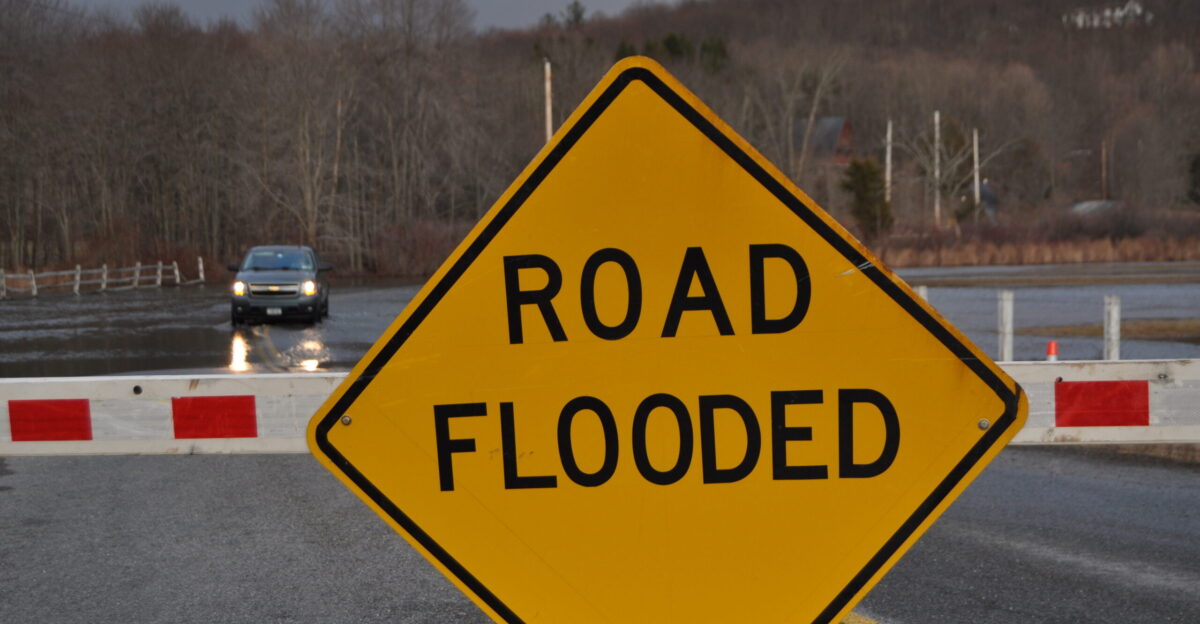
Beyond flooded homes and roads, the storm is testing the resilience of the region’s infrastructure. Water treatment facilities and electrical substations are at risk, and officials in New York and New Jersey are monitoring critical systems closely to prevent long-term disruptions.
Some communities are already reporting localized water contamination and boil-water advisories.
Relief Efforts Expand as Conditions Worsen
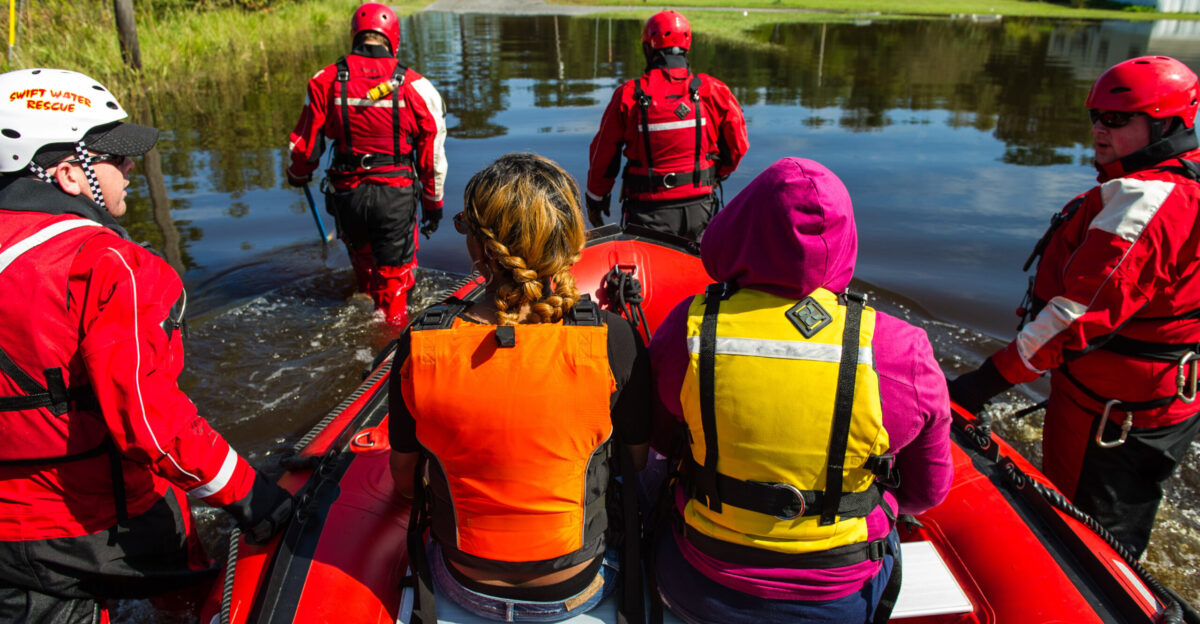
National Guard units, rescue boats, and high-water vehicles are now positioned across the hardest-hit areas. In North Carolina’s Dare County, officials warned that residents at sea level “are in a high-risk zone” with little protection from storm surge.
Crews are conducting door-to-door welfare checks where it’s safe to do so, while relief organizations prepare for what could be a prolonged emergency response.
Recovery Will Take Weeks
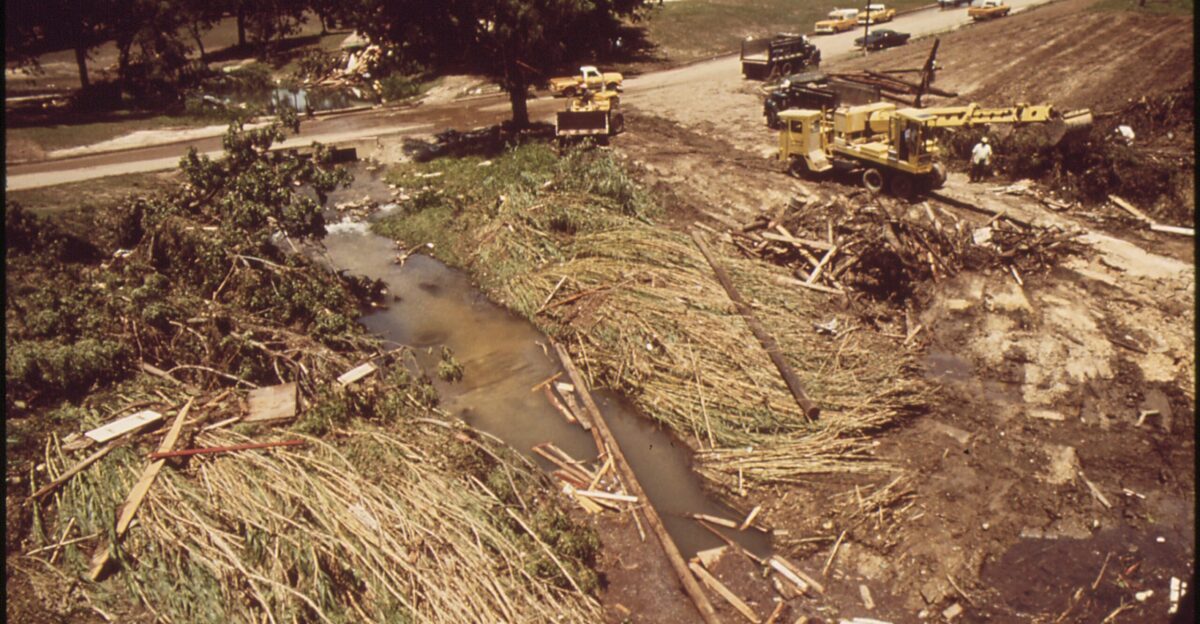
With the storm expected to linger for another 24 to 48 hours, officials warn that cleanup and recovery will take weeks. Once the waters recede, the damage to infrastructure, homes, and businesses will become clearer.
Emergency managers are urging patience—and resilience—as communities dig in to weather what’s left of the nor’easter’s fury.
Officials Urge Vigilance as the Storm Grinds On
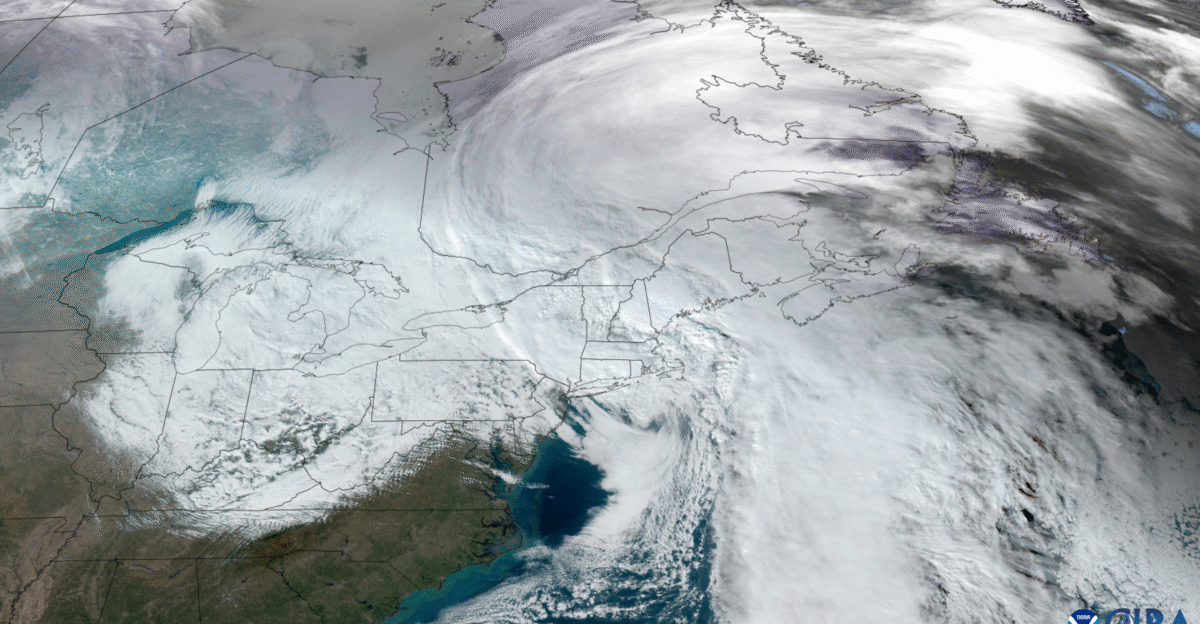
Governors across the region are urging residents to stay home, stay informed, and look out for one another. “Conditions can change fast,” said New York Governor Kathy Hochul, emphasizing the importance of checking on elderly neighbors and following official updates.
The National Weather Service continues to issue real-time alerts, warning that travel remains dangerous until the storm finally moves offshore.